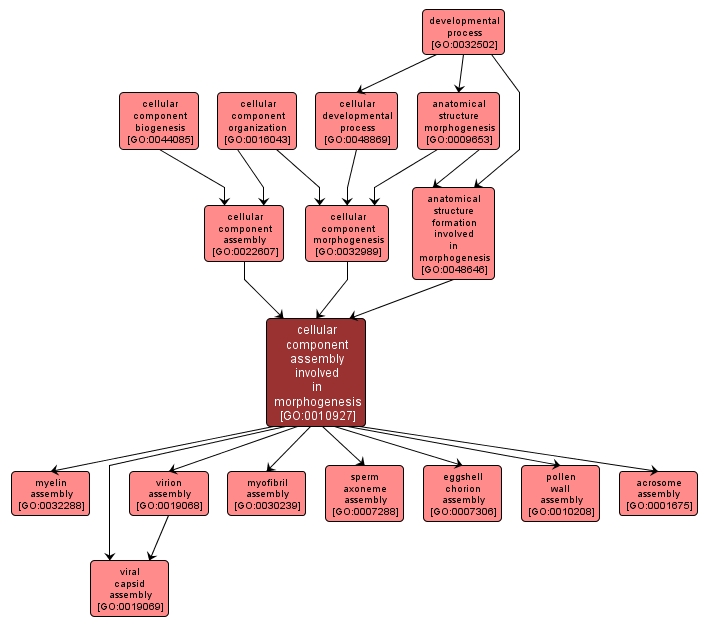GO TERM SUMMARY
|
| Name: |
cellular component assembly involved in morphogenesis |
| Acc: |
GO:0010927 |
| Aspect: |
Biological Process |
| Desc: |
The cellular component assembly that is part of the initial shaping of the component during its developmental progression. |
|

|
INTERACTIVE GO GRAPH
|














